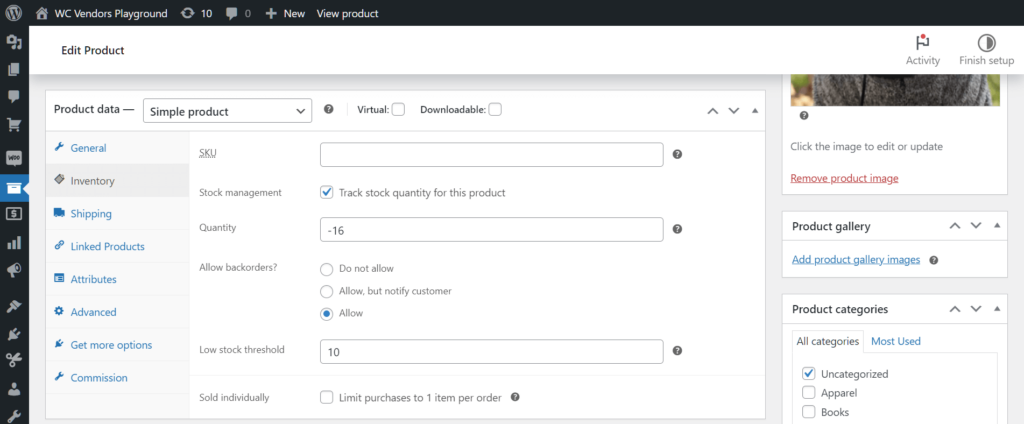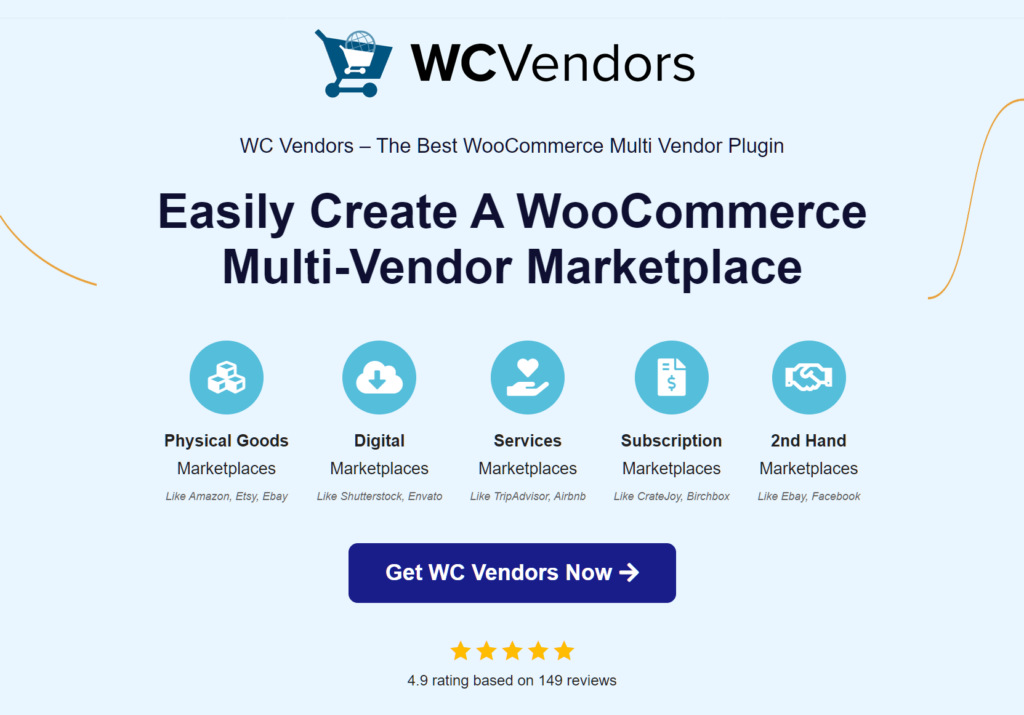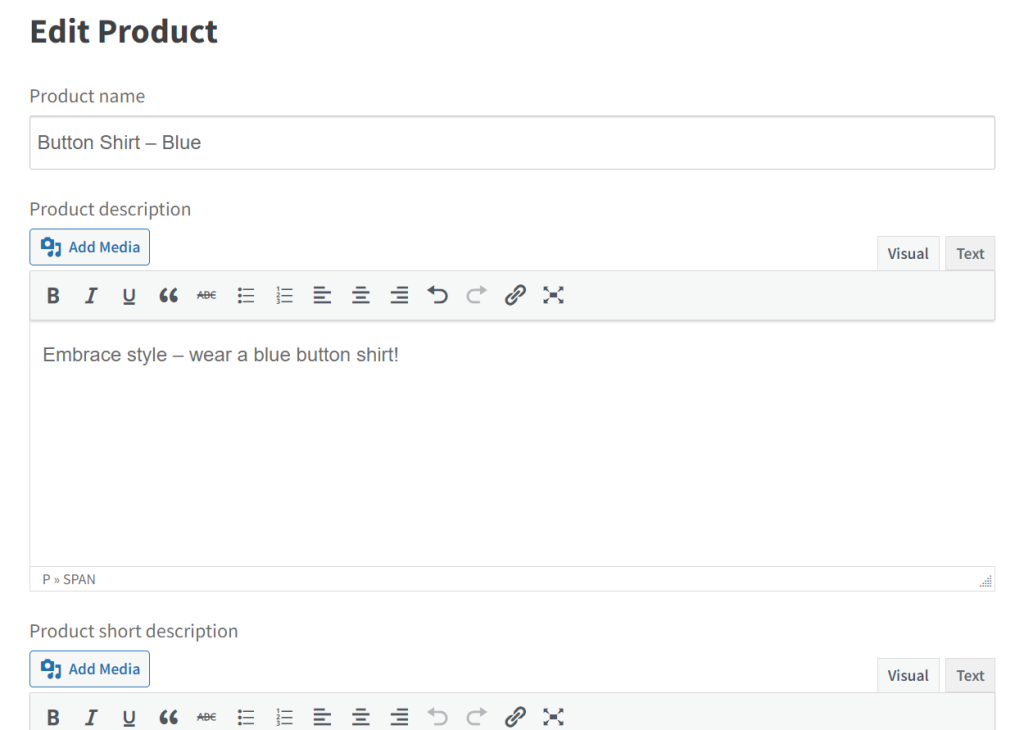
Ever thought about who sells all the products and services you see online? These online shops are successful mainly because of the people and companies, known as marketplace vendors, who sell things there.
These vendors are very important in online shopping because they provide all the items that customers buy, and their work affects how happy customers are with their shopping experience. Knowing who these vendors are, the problems they face, and the ways they can do better is essential for any online marketplace that wants to grow and work well.
This article will explore marketplace vendors. We’ll look at how they operate, the problems they face, and ways they can improve their success online.
So, let’s get started!
The Basics Of Marketplace Vendors
Who are marketplace vendors?
Marketplace vendors are people or businesses that sell items or services online. They use platforms that bring together buyers and sellers. These platforms do not own the products but provide a space for vendors to reach a wider audience.
Examples of marketplace vendors
- Individual artists on Etsy: Independent creators selling handmade or unique items.
- Bookstores on Amazon: Book retailers offering a wide range to customers globally.
- Electronics suppliers on eBay: Suppliers providing an assortment of electronic goods.
Types of marketplace vendors
- Individuals: For example, a freelance graphic designer who sells digital templates.
- Companies: An example is a fashion brand selling its products on many e-commerce sites.
Challenges Faced By Marketplace Vendors
Vendors in online marketplaces face many challenges that can affect their success. Among these challenges are legal issues and, additionally, operational problems.
Legal challenges
Marketplace vendors often face numerous legal hurdles that can affect their ability to sell smoothly. These issues might include:
- Sales tax requirements: For example, a California vendor who sells handmade jewelry must figure out different sales tax rates. This is important when shipping to customers in other states or countries.
- International trade laws: An electronics distributor must follow many export rules and trade agreements for overseas shipping. This means understanding complex rules on what can be shipped and where. A company like an electronics distributor must comply with various export regulations and trade agreements when shipping products overseas.
Operational challenges
The operational aspects of running a marketplace store also present significant challenges, such as:
- Inventory management: For example, an online bookstore needs to know what books are available and how many. They must have enough to meet demand but not too many.
- Order fulfillment and delivery: Ensuring that orders are processed quickly and efficiently while keeping shipping costs reasonable. A furniture seller, for example, faces the challenge of shipping large, bulky items safely and on time.
- Maintaining product quality: Consistently providing high-quality products is crucial. For example, a food vendor on an online platform has to ensure that all food items are fresh, properly packaged, and meet health standards to avoid returns and negative reviews.
Now that we’ve seen the hurdles marketplace vendors face, let’s look at how to manage these challenges better. These strategies are designed to help vendors overcome these obstacles and improve their success on any marketplace platform.
Strategies For Vendor Management
Building and sustaining a thriving marketplace hinges on how effectively you manage your sellers. Fortunately, managing this task gets easier with WC Vendors, a versatile multivendor marketplace plugin for WooCommerce. But, without a good plan for managing vendors, even the best marketplace can struggle.
Focus on nurturing your relationship with sellers to ensure your marketplace not only grows but also remains a force to be reckoned with. They are, after all, the backbone of your platform, offering the diverse and quality products that draw customers in. Using WC Vendors makes things run smoother. It shows how important sellers are to the marketplace.
Here are some strategies that can propel your marketplace towards success:
Effective management practices
- Tools for inventory and order management: Integrate WC Vendor’s tools for managing inventory and processing orders. These tools include features that make it easier for vendors to know what products they have, how many they have, and when to restock. They also help in overseeing orders so that customers get their products efficiently. Examples include using WC Vendors Pro or the stock management tools that integrate with WooCommerce.
- Clear communication channels: Accordingly, make sure there is a straightforward way for vendors to get information and ask questions. This can be done through a dedicated section on your marketplace or direct messaging systems within WC Vendors. The aim is to make communication as easy as possible to prevent issues and build trust.
Attracting and retaining high-quality vendors

- Market insights and data: Let vendors see data on how well their products sell in your marketplace. Additionally, knowing about sales trends and what customers like can help them improve what they offer. WC Vendors has tools for vendors to check their sales and spot customer trends.
- Competitive fee structures: Ensure that the fees you charge are reasonable and competitive to make your marketplace attractive to potential vendors. You could also offer different membership tiers with varying benefits or reduce fees for your top sellers to encourage more sales.
- Marketing support: Give vendors marketing tools and tips to help them sell their products better. For example, provide training on making good product listings. Also, consider promoting their items in your marketplace’s ads.
- Creating a supportive environment: Establish a culture of support focusing on vendors’ success. Quick and helpful customer service for vendor queries and regular feedback sessions can make vendors feel valued and supported. Additionally, consider creating online groups or forums where vendors can share tips, seek advice, and feel part of a community.
Understanding how marketplace vendors operate is essential for implementing effective management strategies; let’s dive into their processes.
How Marketplace Vendors Operate
The daily routine of marketplace vendors involves several key activities that are crucial to the success and functionality of their online businesses.
- Listing products: This is the initial step where vendors upload their product details onto the marketplace. It involves setting prices, writing product descriptions, and adding high-quality images.
- Managing inventory: Vendors need to regularly monitor and update their stock levels to ensure they can fulfill orders and avoid selling products that are out of stock.
- Processing orders: Once a customer places an order, the vendor must confirm the order, prepare the item for shipping, and ensure that it is dispatched in a timely fashion. Order processing also involves keeping the customer informed about the order status and any potential delays.
- Handling customer service: Providing excellent customer service is central to a vendor’s operation. Specifically, this includes responding to inquiries, resolving issues, and making sure the customer feels valued throughout their purchasing journey.
- Managing shipping and returns: Vendors need to choose how to ship their products. They think about cost, speed, and being reliable. They also need a clear returns policy. This keeps customers happy and follows marketplace rules.
To optimize these operations, vendors usually adopt a mix of automation and personal attention. Automating repetitive tasks can save time and reduce errors. However, a personal touch, like a handwritten thank you note, can enhance the customer experience and set a vendor apart from others.

Tools from WC Vendors, including automated emails, shipping integration, and streamlined management, help achieve this balance, ensuring a seamless purchase process and fostering customer loyalty.
Strategies To Overcome Challenges
Marketplace vendors can adopt several strategies to navigate their challenges effectively:
- Legal know-how: Staying informed about relevant laws and regulations and seeking legal counsel when necessary can mitigate risks.
- Logistical solutions: Employing third-party logistics providers or using dropshipping can simplify inventory and shipping concerns.
- Customer service excellence: Providing exceptional customer service can distinguish vendors in a crowded marketplace. Consequently, it fosters customer loyalty and encourages repeat business.
The Future For Marketplace Vendors
The online shopping world gets bigger every day. This shows how vital vendors are on different sites. Also, with more people buying online, sellers need to find new ways to grab attention and keep customers coming back. One key strategy is the introduction of unique product lines that differ from the commonplace offerings. Consequently, by embracing new and imaginative ideas, sellers can enhance the attractiveness of their stores and spark customer interest in what they’ll introduce next.

Furthermore, vendors need to spot trends, like the growing demand for eco-friendly products. Many buyers now choose items that help the environment. Therefore, sellers can attract these buyers by using less plastic and supporting recycling. By aligning with these values, sellers can appeal to eco-conscious customers, setting their stores apart and fostering customer loyalty.
Conclusion
Marketplace vendors are key players in online shopping, selling a variety of items to customers everywhere. It’s important to know how they work, what problems they face, and how they succeed. This knowledge is valuable not only for the vendors themselves but also for the online platforms they use.
By fostering a supportive environment, employing effective management practices, and leveraging technology, both vendors and marketplaces can achieve growth and sustainability in the competitive world of online sales.
To recap, success in the competitive online marketplace can be achieved by focusing on:
- The basics of marketplace vendors
- Challenges faced by marketplace vendors
- Strategies for vendor management
- How marketplace vendors operate
- Strategies to overcome challenges
- Future of marketplace vendors
Are you curious about how to move through the marketplace, work with vendors, or get ready for upcoming changes? Reach out to us with your questions or for further discussion on making your marketplace venture more successful. We’re eager to assist you!




